A visit to one of the weirdest museums in the world: the Toilet Museum
Toilet Museum
When I asked someone about a shop, he said it was near the Sulabh Shauchalaya (Sulabh Toilet). That was a weird landmark, I thought, until spotting Sulabh International situated on a sprawling green landscape which does a number of commendable work in the field of sanitation. So I decided to visit the world famous and the most exciting of the Sulabh institutions – the Sulabh International Toilet Museum.
Inside Toilet Museum
The initial inhibition about talking on the subject of toilet and defecation disappears when Shikha, the guide at the Museum, explained the various types of commodes used different ages of history. “Urination ought to be done at least at a distance of 10 cubits from the source of water. Defecation to be done at a distance of 100 cubits from the source of water.” read the Aryan Code of Toilets, displayed at the museum. Read this post to know now solar power plant drastically reduced the electricity bill of a hospital
Weird exhibits
The unique Toilet Museum rated third
most weirdest museum in the world. There is an interesting collection of toilets and commodes from around the world. The mobile commodes used by the Englishmen during hunting camps and the throne like commode used by King Louis XIV of France. The museum also has charts and pictures about the the sanitation systems. Beginning from the Harappan civilization to the space age. A picture shows how bad sanitation system caused the black death in the 14th Century.
Works at Sulabh International
Dr. Bindeshwar Pathak, the founder of Sulabh International, developed eco-friendly two-pit, pour-flush compost toilet technology, Sulabh Shauchalaya, for the individual households as an alternative to the comparatively expensive septic tank based systems. This Toilet technology recommended as a Global Best Practice by UN bodies. For about three billion people across the globe. The advantage of the toilet system is its affordability and adaptability. According to the availability of material in the region the toilet is altered. Another interesting toilet to defecate in the open. The toilet was roofless and with spiraling steps. And leading to the toilet, so that they can defecate without closing the doors.
Total usage of waste
Nothing went waste at Sulabh. The defecation dries and used as manure. In addition the urine and waste water recycled to use for all purpose other than drinking. The garden lights runs on Bio-electricity and cooking on Bio-gas.
To Conclude, There was so much to learn from the trip apart from seeing some of the weirdest commodes in the world. Toilets and sanitation is an essential aspects of the lifestyle of a city. We need to talk about sanitation and hygiene as openly as we talk about health, diet and environment.
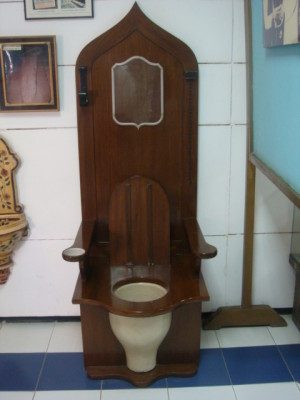
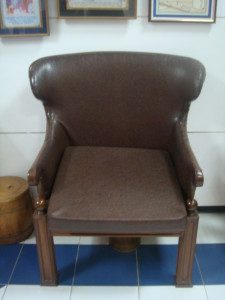
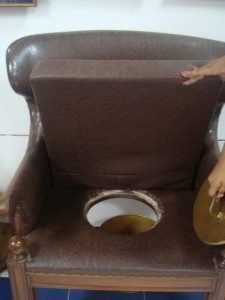


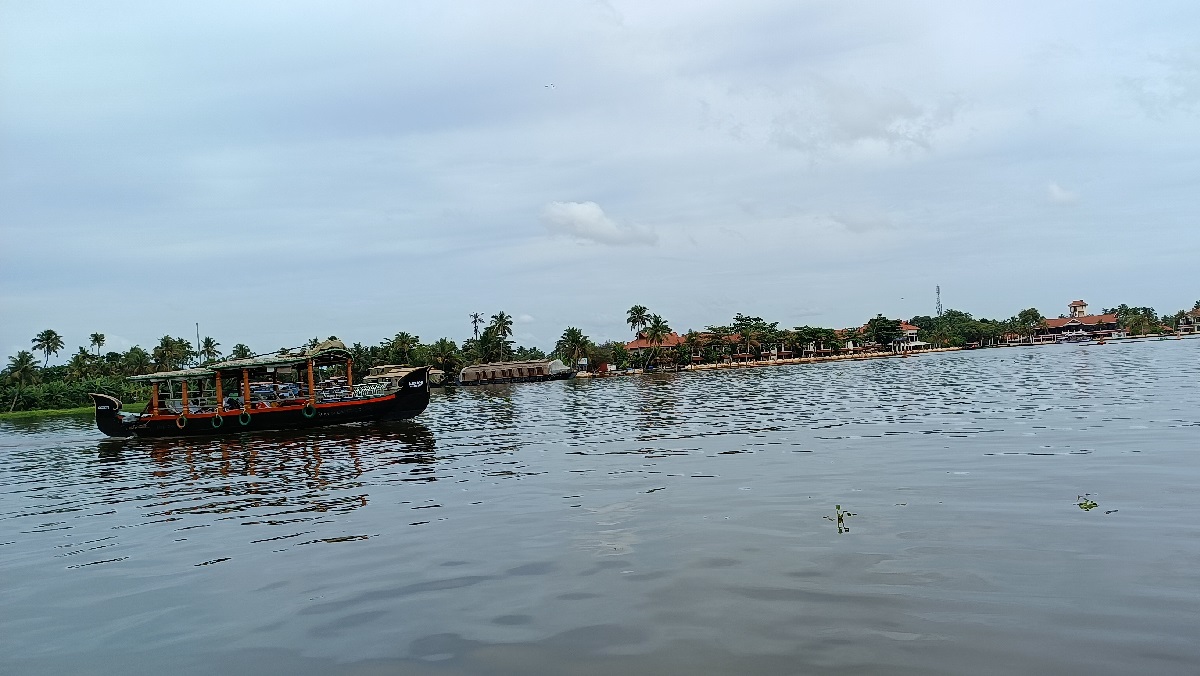
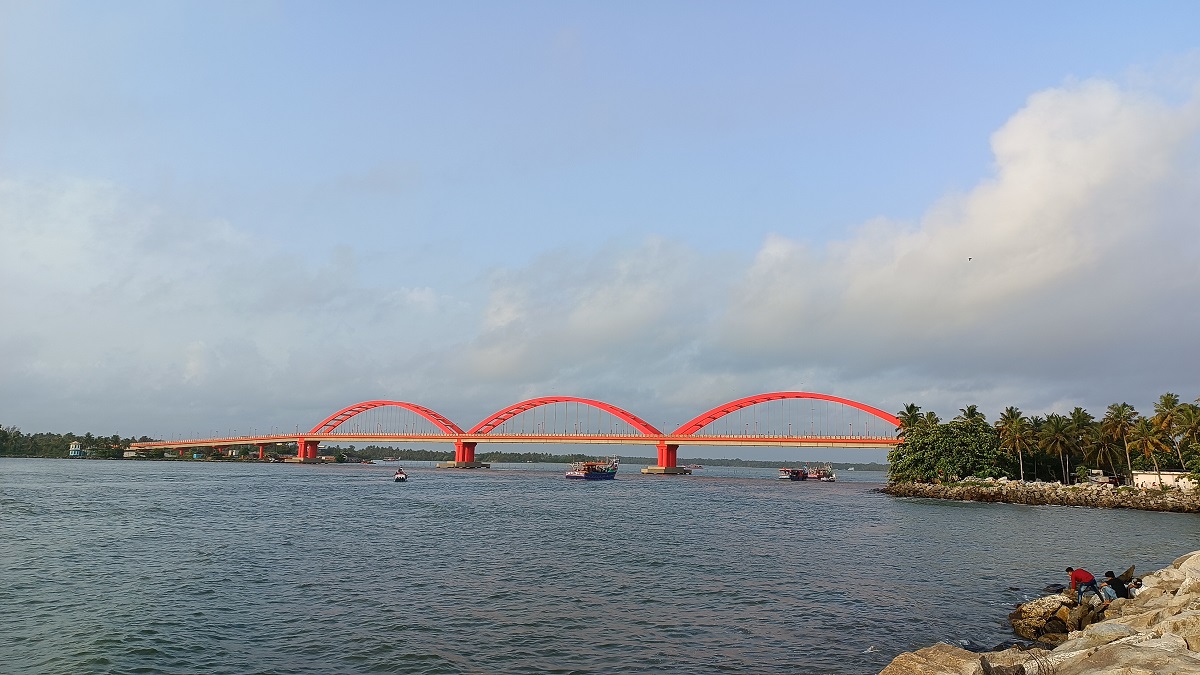
4 comments